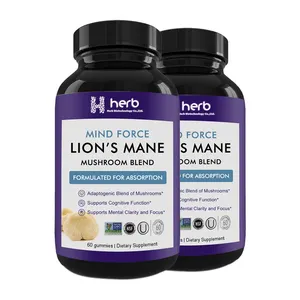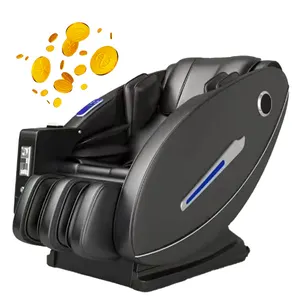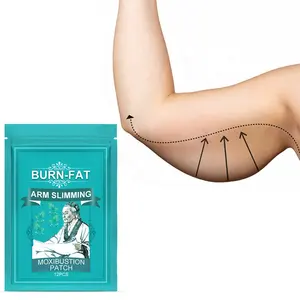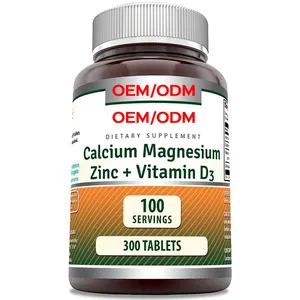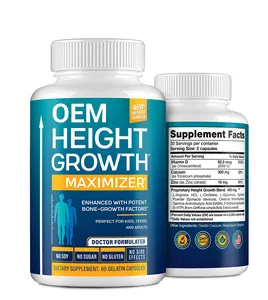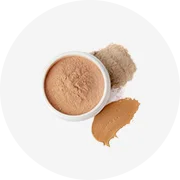











TPU油漆保护膜lllumar汽车lllumar品牌lllumar PPF油漆保护膜最佳透明Suntek TPU高质量
全球批发
¥2,235.04 - ¥2,595.53
最小起订量: 1 rolls
每件装运: ¥414.64






Reedee磁性笔记本电脑隐私过滤屏幕保护膜适用于Macbook Air 13 15英寸M2隐私保护屏幕保护膜台式机
¥61.29 - ¥75.71
最小起订量: 50 pieces
每件装运: ¥14.21


















三星a70 A10 A20 A30 A40 A50 A60 A80 19h全胶全盖钢化玻璃膜最佳价格透明屏幕保护器21d
全球批发
¥0.9373 - ¥1.09
最小起订量: 100 pieces
每件装运: ¥2.46






2024 9D 18D 21D玻璃适用于iPhone 15 14 12 13 Pro Max迷你手机屏幕薄膜钢化保护玻璃屏幕保护器 全球批发
全球批发
 全球批发
全球批发¥0.0721 - ¥1.09
最小起订量: 1 acres
每件装运: ¥101.01






关于最佳品牌保护膜
如今,最佳品牌保护膜对普通百姓来说不是什么新鲜事物,因此不再被视为禁忌。如果您正在寻找倒数第二个快乐,则必须检查一下巨大的东西。 最佳品牌保护膜集合在Alibaba.com上。这些妖and而弯曲。 最佳品牌保护膜物有所值,并且一定会让您度过一个特别的夜晚。这些洋娃娃从头到脚都具有栩栩如生的外观。
无论您是一个孤独的人,寻找一个栩栩如生的伴侣,还是一对想要增添生活情趣的夫妻,都可以使用。 最佳品牌保护膜,用于点燃该火。这些壮观。 最佳品牌保护膜可根据您的期望进行自定义。这些太神奇了。 最佳品牌保护膜(男性和女性)均可用,并且均由医药级有机硅制成,以确保安全使用。立即获得一个,享受充满激情和激情的夜晚。
Alibaba.com提供了这些惊人的功能。 最佳品牌保护膜,包括所有身体形状,大小和种族。无论您有什么要求。 最佳品牌保护膜,您可以在网站上全部获取它们。这些。 最佳品牌保护膜由最优秀的工匠塑造成形状,并且对每个复杂的细节都进行了彻底检查。这些娃娃的眼睛,头发,指甲和所有其他身体部位与现实生活中的人相似。
Alibaba.com提供了广泛的。 最佳品牌保护膜,可以帮助您购买符合预算和其他要求的产品。这些产品本质上是安全使用,认证和生态友好的。这些产品均提供OEM订单。
无论您是一个孤独的人,寻找一个栩栩如生的伴侣,还是一对想要增添生活情趣的夫妻,都可以使用。 最佳品牌保护膜,用于点燃该火。这些壮观。 最佳品牌保护膜可根据您的期望进行自定义。这些太神奇了。 最佳品牌保护膜(男性和女性)均可用,并且均由医药级有机硅制成,以确保安全使用。立即获得一个,享受充满激情和激情的夜晚。
Alibaba.com提供了这些惊人的功能。 最佳品牌保护膜,包括所有身体形状,大小和种族。无论您有什么要求。 最佳品牌保护膜,您可以在网站上全部获取它们。这些。 最佳品牌保护膜由最优秀的工匠塑造成形状,并且对每个复杂的细节都进行了彻底检查。这些娃娃的眼睛,头发,指甲和所有其他身体部位与现实生活中的人相似。
Alibaba.com提供了广泛的。 最佳品牌保护膜,可以帮助您购买符合预算和其他要求的产品。这些产品本质上是安全使用,认证和生态友好的。这些产品均提供OEM订单。
